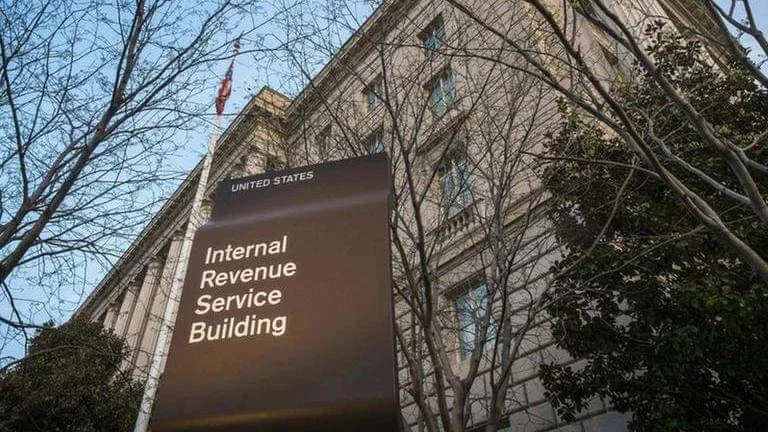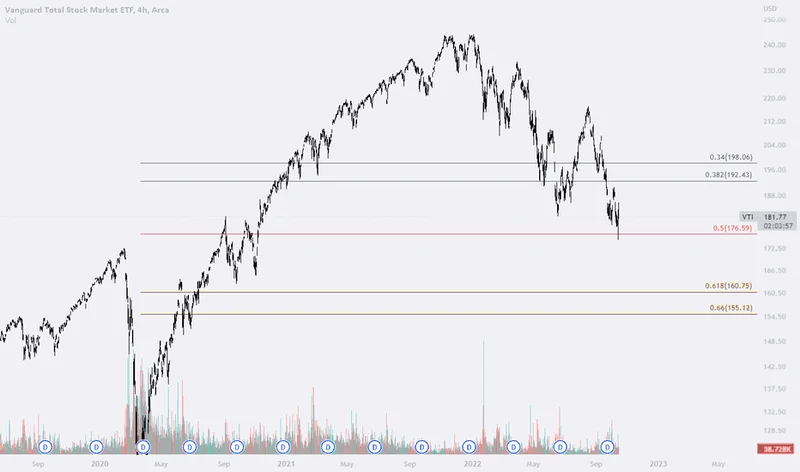The IRS Direct Payment Breakthrough: How It Works and Why It's a Game-Changer
It’s late. You’re probably sitting in the glow of a screen, maybe your phone or your laptop, typing some variation of the same question into a search bar: “stimulus check 2025.” The results that flood back are a dizzying, chaotic mess of headlines—some promising thousands of dollars, others asking questions like Are we getting stimulus checks in November? Updated, IRS tax refund status, rebate check, and still more talking about state-specific rebates with names like “ANCHOR.” It’s a storm of digital noise.
And in that moment, you’re not just looking for money. You’re looking for a clear signal. You’re looking for certainty in a world that feels anything but.
I’ve spent my career analyzing complex systems, from neural networks at MIT to the digital ecosystems that now run our lives. And when I look at this nationwide confusion, I don’t just see a political debate or an economic policy question. I see a system failure. This isn’t about a single check; it’s a glaring diagnostic report on an outdated, rickety financial operating system that is no longer fit for the 21st century. The real question isn’t if you’re getting a check, but why it’s so impossibly hard to get a straight answer.
The Signal vs. The Noise
Let’s try to tune the dial and separate the real signals from the deafening static. The noise, of course, is the loudest part. You see breathless social media posts about a new $1,702 or $2,000 federal stimulus check hitting everyone’s bank account. Let’s be perfectly clear: as of right now, that is pure speculation. There is no fourth federal stimulus check approved by Congress or the IRS. These rumors are phantoms, often bait for scams designed to harvest your personal information. When I first saw the sophistication of some of these phishing texts, I honestly just felt a surge of anger—preying on people’s hope is a uniquely cruel kind of digital exploitation.
So, what are the real signals? They’re fainter, more localized, and far more complex. It’s less of a national broadcast and more like a series of small, independent radio stations. Several states, like New York, Pennsylvania, and Georgia, are issuing their own “inflation relief checks.” These are essentially rebates—a partial refund for the higher sales or property taxes you’ve paid. They’re not stimulus checks in the classic sense. A stimulus is designed to inject fuel into the economic engine to get it moving faster; a rebate is more like getting back a little gas you overpaid for at the pump. The distinction matters.
In New Jersey, there’s the ANCHOR program, a targeted property tax relief payment. Then you have the standard, run-of-the-mill federal and state tax refunds, which for millions of people are the most significant government payment they’ll receive all year. Each of these programs has its own rules, its own deadlines (like the now-passed April 15, 2025, deadline to claim the third COVID-era stimulus), and its own clunky online portal. It’s a completely fragmented ecosystem.

Is it any wonder we’re all confused? We’re being asked to navigate a dozen different systems, each with its own language and logic, just to figure out what we’re owed. Why, in an age where I can send money across the globe in seconds with a tap on my phone, does getting money from our own government feel like a bureaucratic scavenger hunt?
A System Crying Out for a Reboot
This brings us to the future—or at least, the ideas being floated for it. You have Senator Josh Hawley’s proposed “American Worker Rebate Act,” which aims to send recurring payments to families but hasn’t moved through Congress. You have former President Trump floating concepts like a “tariff relief rebate” or even a “DOGE dividend,” an idea of taking savings found by a hypothetical “Department of Government Efficiency” and returning it to taxpayers.
These proposals, whether you agree with them or not, are fascinating because they represent attempts to bolt new software onto ancient hardware. The ideas are getting more creative, but the underlying delivery mechanism remains the same slow, confusing, and vulnerable system we’ve had for decades. It’s like trying to run a sophisticated AI on a computer from 1995—the machine just isn’t built for the task, and the gap between what we can imagine and what our current infrastructure can actually deliver is growing wider every single day.
This is the kind of challenge that gets me excited because the solution isn't political, it's technological. Imagine a unified, secure, and transparent federal payment portal. A single place where you can see, in real-time, exactly what you are eligible for—be it a tax refund, a disaster relief payment, or a national stimulus—and have it delivered instantly. This isn’t science fiction. The technology for this—secure digital IDs, instantaneous bank transfers, transparent ledgers—already exists. We use it every day in the private sector.
The current chaos is the ultimate argument for a massive system upgrade. It’s the equivalent of the entire country trying to stream a 4K movie on a dial-up modem. The information is there, the desire is there, but the pipeline is hopelessly clogged and broken.
It's an Architecture Problem, Not a Money Problem
Ultimately, the frantic searching for stimulus news isn't just about economic anxiety. It's a symptom of a deeper disconnect. We live in a seamless digital world, yet we're interfacing with an analog government bureaucracy. The frustration and confusion people feel is the friction between those two worlds. The question we should be asking isn't "Where's my check?" but rather, "Why don't we build a system where I never have to ask that question again?" We have the tools. We have the blueprint. What we need now is the will to build it.
Related Articles
Brad Gerstner's Vision for the Next AI Titan: Why AMD's 'Bet the Farm' Move Could Change Everything
Every so often, a piece of news hits my desk that feels less like an update and more like a tectonic...
Dana Loesch: what's she saying now
The Grand Circus of American Decline: Now Featuring 50-Year Mortgages and Celebrity Meltdowns Alrigh...
That VTI 'What If' Article: Why It's Mostly Garbage
So, I pulled up my portfolio this morning. September 4, 2025. Ten years to the day since I dropped a...
npr: What is it?
How Meme Stocks Turned Wall Street Upside Down The meme stock phenomenon. It sounds like a fleeting...
DWP Christmas Bonus 2025: Eligibility and Payment Shifts
Alright, let's talk about this DWP Christmas bonus. £10. A tax-free tenner handed out to benefit cla...
Adrena: What It Is, and Why It Represents a Paradigm Shift
I spend my days looking at data, searching for the patterns that signal our future. Usually, that me...





